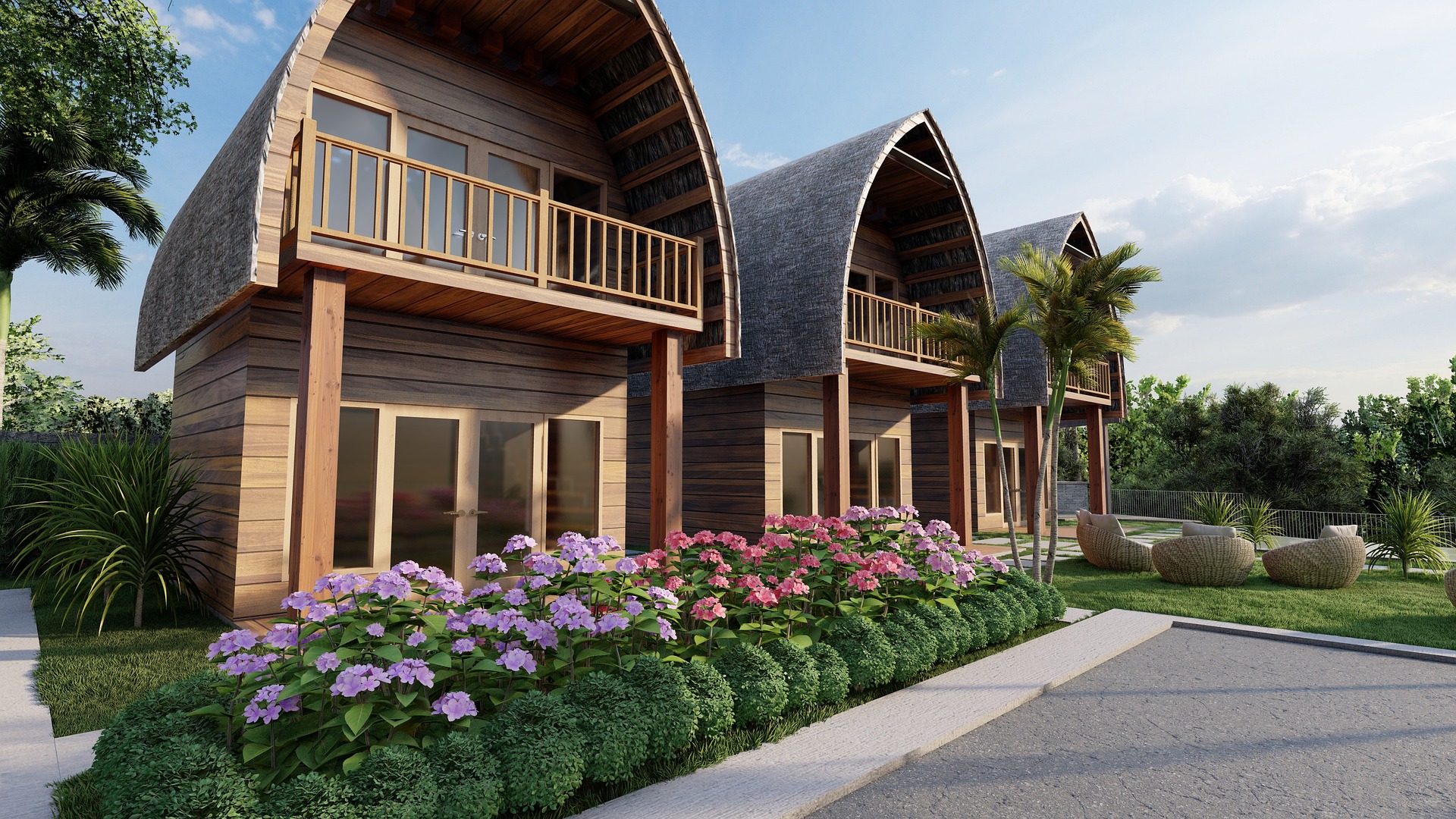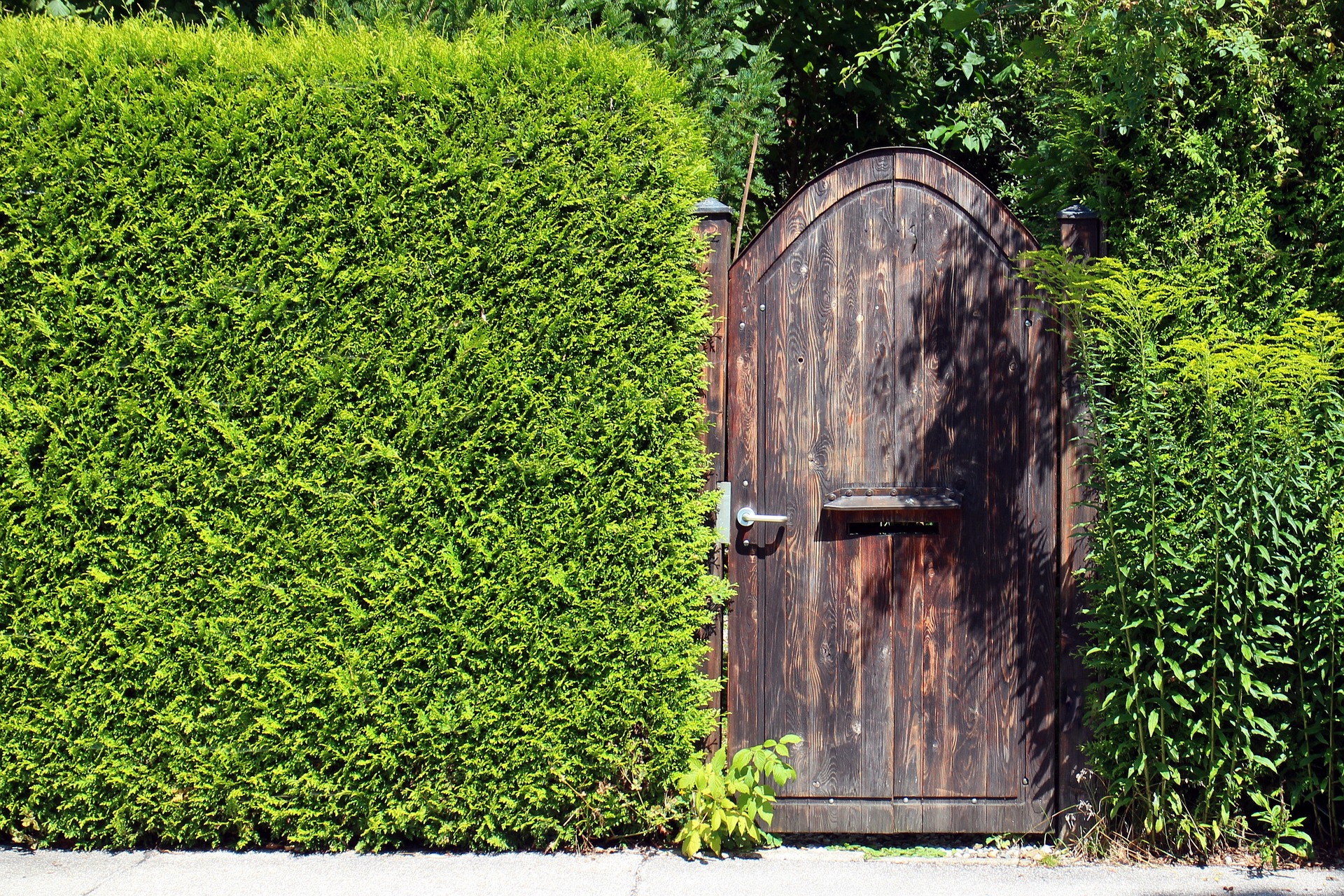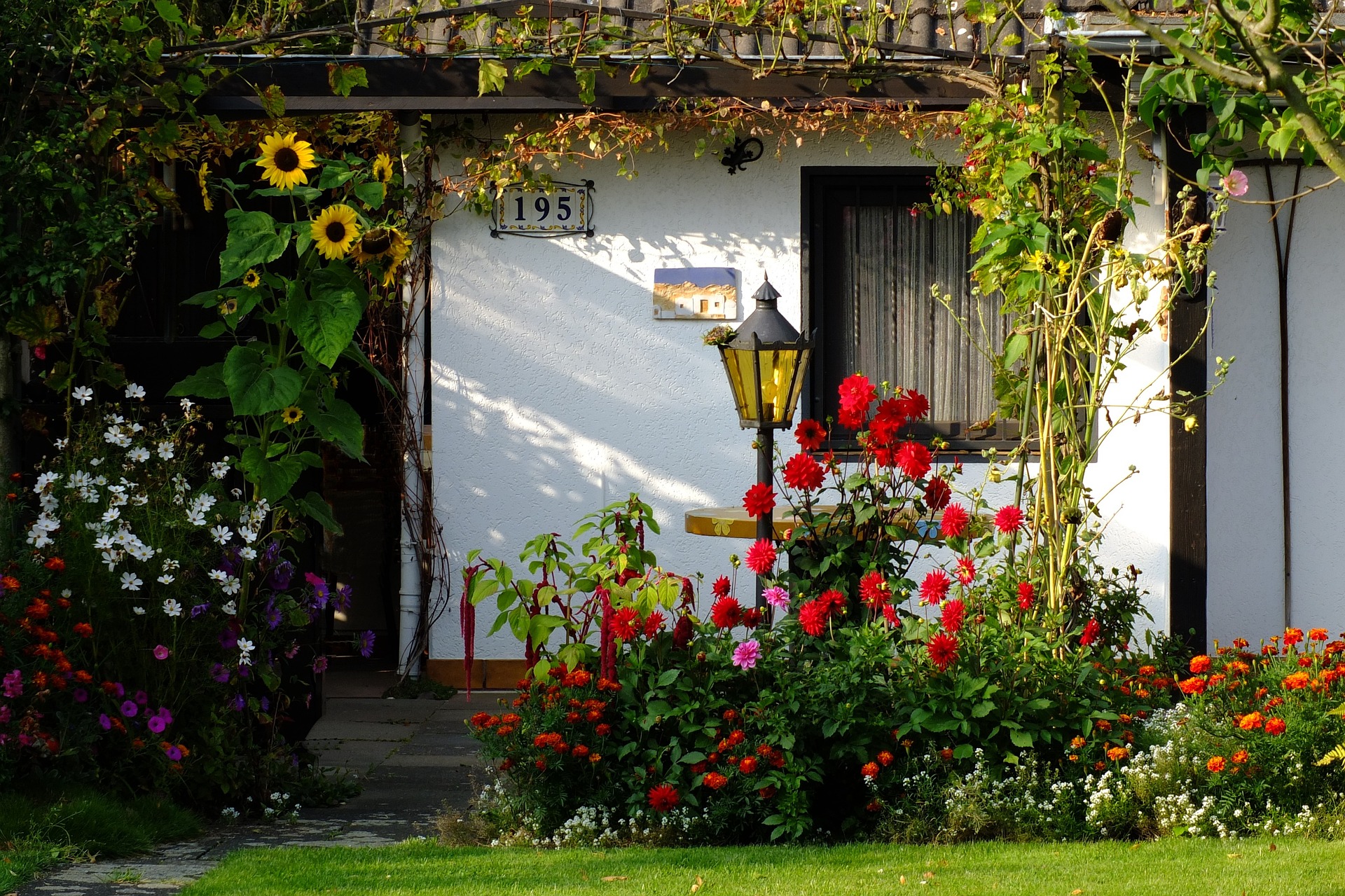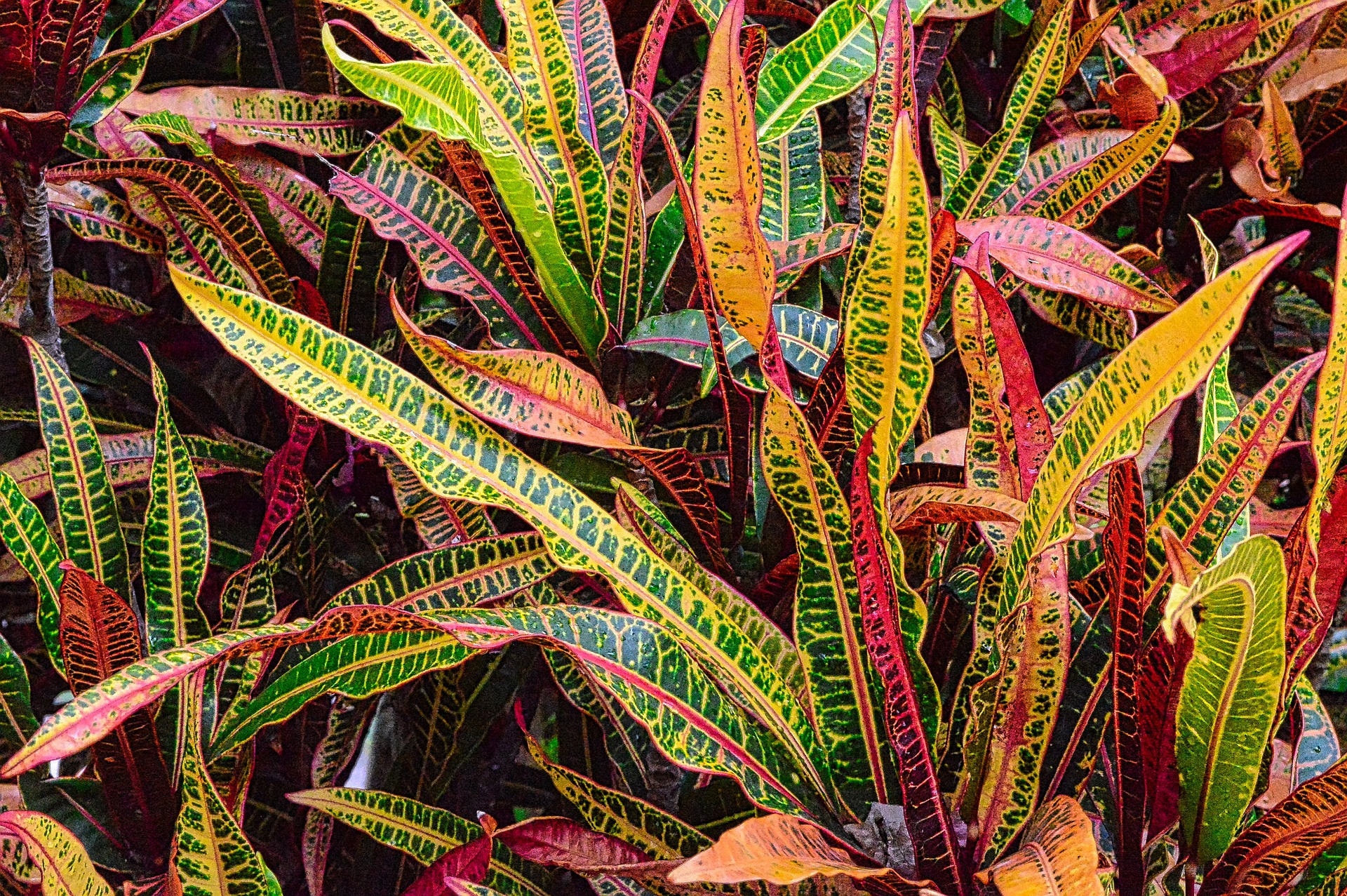A beautiful area outside a house is a very important part of a home. When planned out and used well, it becomes a place where one gets to enjoy the bounteous gifts of mother nature, from birds nesting and playing in your trees and shrubs, to butterflies and bees dancing around your flowers, to the experience of beautiful sunsets and so many other experiences.
It takes a good plan and some time to build the area and grow plants. Some people prefer to hire a professional landscaper or nursery man to do for them the work.
1. Pre-existing condition of the site
It is of paramount importance to thoroughly analyze your site to determine its environmental, physical and soil factors so that it can be put to best use.
- Climatic factors: Determine the highest and lowest temperatures of the region and the seasons experienced. This will help in choosing plant types that can do well at the site. There are plants which are unable to grow in frost while some others are winter hardy, there are plants that grow in temperate zones but cannot thrive in tropical and sub-tropical zones and vice versa. Also note down the microclimates at the site as they are a good habitat for certain plants. Microclimates are categorized into shade, partial shade, deep shade and full sun and these keep changing with growth of trees and change in seasons.
- Nature of the soil: Get soil samples from different areas of your site and determine the properties of the soil using soil tests. This will show you the nature of plants that will be able to thrive on the soil. Already existing vegetation on the soil can also give you a clue about the soil type. Plan to use the same nature of plants if they are thriving and they are to your liking.
- Drainage and topography: Topography helps determine plants suited for different spaces. All drainage problems should be noted and corrected.
- Utilities: The positioning of utilities like powerlines, septic tanks and overhangs will determine the location of your plants.
2. Function of the plants
Different plants serve a variety of functions, from creating beautiful scenery that is appealing to the eyes, to providing enclosures to spaces and buildings using hedge plants, to providing shelter by tree branches and some plants are grown for their food. Align the functions that you want from your plants so that you plant them accordingly.
Also group the plants, from bigger trees to shrubs, which form the first layer of plants to smaller plants. Ensure that the plants, in their mature state will be able to compliment each other and bring out an appealing scenery.
3.People
Spaces should be able to accommodate people in a pleasurable and convenient way. How many people do you hope to use your yard? Do you hope to have small or big parties in your compound? Which animals and pets do you have? Have you thought about the driveways and parking for you and your visitors’ cars? All these are key points to consider when allocating space in your yard. It helps you to re-organise old spaces into new spaces and ammenities and include all this in your budget.
4.Time
Consider the time it will take to adjust your site’s topography and other details, and also the time it will take for your plants to reach maturity. Also consider if you want perennial plants or annual plants or both.
5. Maintenance and costs
Some plants require little to no maintenance while others require a lot of time and inputs in form of pesticides, fertilizers, and others. However, do not over compromise the beauty of your site because of costs. There are very many plants to choose from, and some of these require low maintenance yet they have nice aesthetic features.




